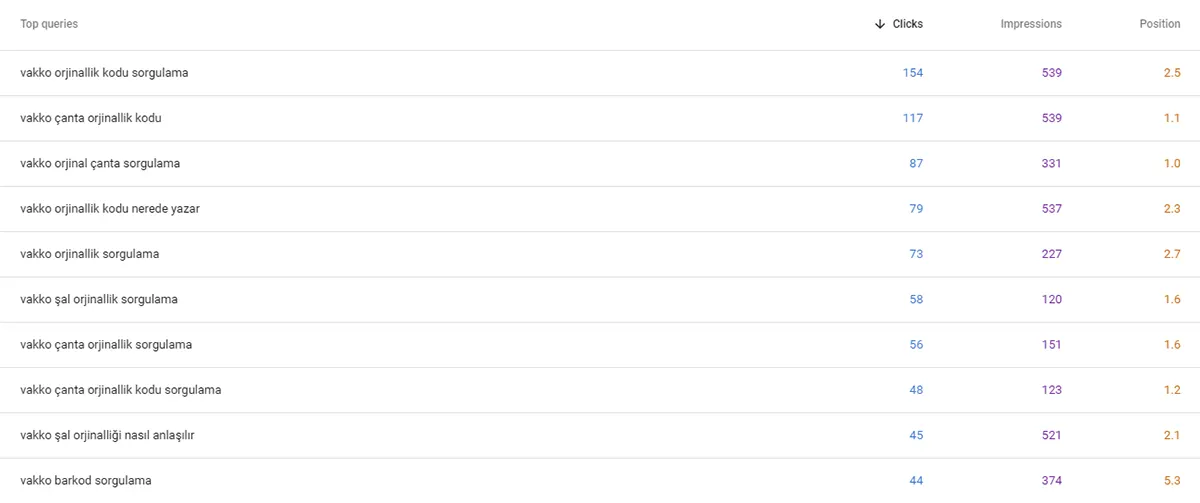
When we talk about digital growth, we usually think in terms of big ideas — massive campaigns, complex funnels, or clever hacks. But what if some of the most overlooked growth opportunities are right under our noses, hidden inside human mistakes?
History reminds us that mistakes are not always failures. When 3M accidentally created a glue that wouldn’t stick properly, most dismissed it — until someone realized it was perfect for temporary notes. Viagra? It started life as a heart medication. Its success came not from the intended effect, but from a “side effect” no one expected. In both cases, success came from seeing the mistake differently.
In the digital world, our instinct is to eliminate every error. UX teams obsess over friction. Product managers aim for perfection. Yet people continue to do things “wrong”: they click the wrong buttons, type the wrong words, or leave halfway through a form.
This article explores a different mindset — one where instead of correcting every user error, we observe, understand, and leverage them. By designing growth strategies that embrace mistakes instead of fighting them, we can unlock surprisingly efficient and cost-effective results.
Why User Mistakes Matter
When a user types “Toyata” instead of “Toyota” in Google, the standard strategy is to ignore the query or assume the user will correct themselves. But in one campaign, we did the opposite. We noticed the volume of the typo, measured its intent similarity, and ran ads targeting the incorrect spelling. The result? A significant traffic lift at a fraction of the CPC.
In another case, a local car rental brand accidentally named itself “ecarrent” — which happens to match the most common Turkish misspelling of “rent a car” (“rent e car”). Without spending heavily on SEO, the brand organically appeared among the top search results — outranking national leaders — purely because of that unintentional alignment.
These aren’t growth hacks. They’re lessons in empathy. When you understand how people make mistakes — not why they fail, but how they behave — you find paths no dashboard will ever show you. Errors reveal more about user behavior than polished analytics ever can.
Short-Term by Design
Strategies built around user errors are inherently short-lived. Platforms, services, and users will eventually show the reflex to correct themselves. Google now autocorrects “Toyata” to “Toyota” or “rent e car” to “rent a car”. Users grow more savvy. Interfaces evolve. But in the small window between mistake and correction lies a powerful, underutilized opportunity.
That’s why the goal is not to build long-term strategies on shaky ground — it’s to act fast, capitalize quickly, and exit before the advantage fades. It’s about trading permanence for precision.
One key mental shift? Postpone the reflex to fix. When most teams spot a user error, their instinct is to optimize it away. But if you can delay that instinct long enough to explore the mistake, you may find a short-term growth lever hidden inside.
The Coca-Cola Example: Orjinal vs. Orijinal

If you look at a Coca-Cola bottle in Turkey, you’ll see the phrase “ORİJİNAL TAT” (“Original Taste”). But many Turkish users spell it as “orjinal” — a common misspelling with a high search volume. Google hasn’t fully corrected it. When I tested it on a blog, publishing ChatGPT-generated articles around misspelled searches like “Vakko orjinallik sorgulama,” the result was quick: top 3 ranking with almost zero effort.
The reward? Roughly 200 monthly visitors, but not just any 200. These are users with a clear purchase intent in a high-value category. The cost was near zero. Traffic like this isn’t random — it’s intentional misuse of ignored queries.

A Tactical Framework
Here’s a simple way to start embracing human error in your growth efforts:
- Collect error data: Use search console data, form logs, or analytics events to detect drop-offs, typo queries, or bounce loops.
- Classify the errors: Are they based on intent confusion (e.g., wrong keywords)? Or execution failure (e.g., misclicks)?
- Experiment quickly: Create small tests (landing pages, ad campaigns, retargeting) and move fast. These windows won’t stay open long.
Remember: this is not manipulation. It’s meeting people where they are — not where you wish they were.
Final Thoughts
Growth doesn’t always come from scale or polish. Sometimes, it hides inside the messy, imperfect places most teams overlook. Mistakes are direction, not noise. And those who are willing to pause, listen, and adapt can find powerful wins in unexpected places.
I’ll be expanding on these ideas and sharing more real-world examples during my upcoming talk at the Search’n Stuff Antalya Conference 2025. If you’re attending, let’s explore how embracing the imperfect might be your smartest move yet.






